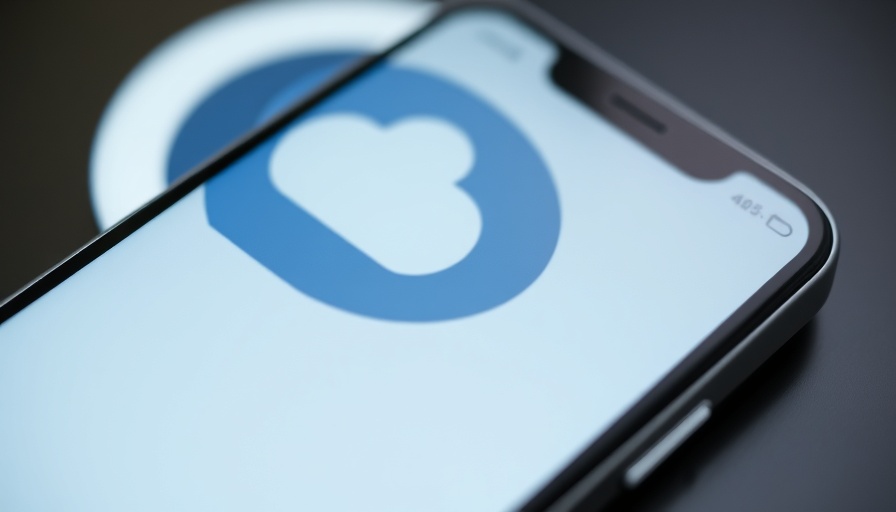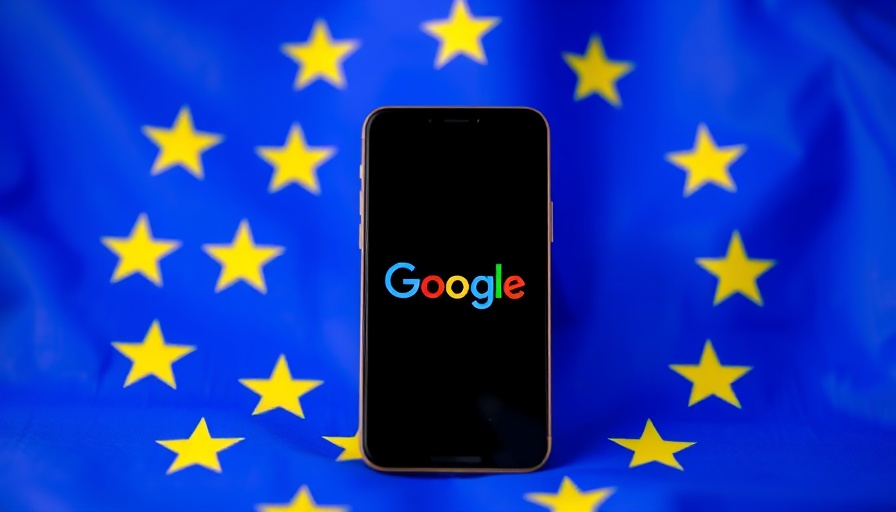
Anticipation Grows for Apple's iPhone 17 Launch
On September 9, 2025, Apple is set to host its highly anticipated hardware event, and tech enthusiasts are buzzing with excitement over the expected unveiling of the iPhone 17 lineup. As speculation swirls around potential features such as a thinner profile and advanced camera technology, let’s delve into what could be redefining smartphone design in the near future.
What Makes the iPhone 17 Stand Out?
The iPhone 17 is rumored to sport a sleek new design that many are dubbing the "thinnest iPhone ever." Along with size reduction, speculation includes a larger 6.3-inch display and a 120 Hz refresh rate, offering a smoother user experience than previous models. These developments illustrate a trend toward enhancing display technologies, a realm increasingly influenced by competition in the smartphone market.
Redesigned Pro Variants: A Closer Look at Upgrades
Apple plans not just a standard update but a significant redesign across its iPhone 17 models. For instance, the iPhone 17 Pro is expected to feature a camera layout that repositions the lenses into a sleek rectangular bar—this design is reminiscent of emerging tech trends where aesthetics meet functionality. The shift to potentially lighter aluminum materials could lower production costs while attracting customers who prioritize both style and practicality.
The Future of Apple’s Smartphone Innovation
Mark Gurman from Bloomberg notes that the iPhone 17 launch may initiate a three-year roadmap of major redesigns culminating in a foldable iPhone anticipated in 2026. This strategy highlights Apple’s commitment to remaining at the forefront of smartphone technology and potentially setting future trends in mobile devices as consumer demands evolve.
What’s Next for Wearables and Accessories?
In addition to iPhones, Apple is expected to unveil updates for its accessories, including the Apple Watch and AirPods. As wearables become more integrated with our daily lives, these updates may revolve around enhanced connectivity features and improved health monitoring technologies. These innovations align with the growing movement towards digital health and AI-driven applications across industries.
Staying Connected: Implications for Consumers and Businesses
For young professionals and tech-savvy individuals, understanding these upcoming changes is crucial. As new models hit the market, corresponding shifts in ecosystem compatibility and functionality will arise. Businesses should prepare for these adjustments—whether through employee tech upgrades or adapting marketing strategies to align with changing consumer preferences.
Join the Movement: The Tech Events to Watch
As TechCrunch gears up for its Disrupt 2025 event later this year, expectations are building for discussions on emerging tech trends and innovations like the iPhone 17. Joining this community of tech leaders could provide essential insights into the future of technology and its impact on various industries. This is your opportunity to connect with influencers shaping the next generation of technological advancements.
In conclusion, the iPhone 17 is poised to make waves within the tech community. Speculating on its impact can catalyze conversations about future technology and trends, empowering consumers and businesses to stay ahead in a rapidly evolving market.
 Add Row
Add Row  Add
Add 




Write A Comment